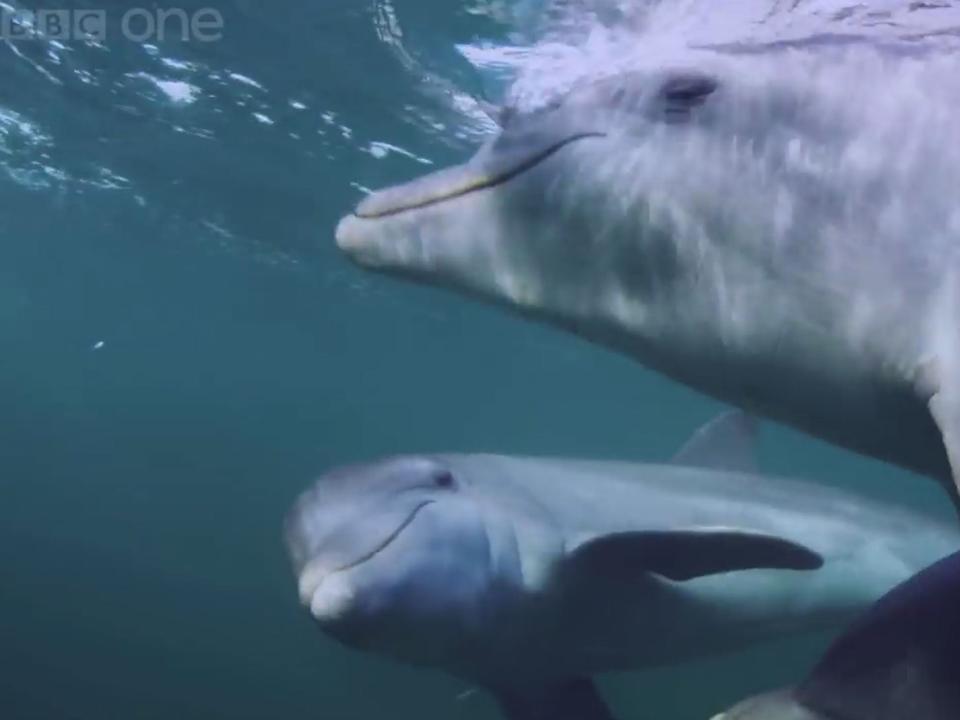Dolphins ‘deliberately get high’ on puffer fish nerve toxins by carefully chewing and passing them around

Dolphins are thought of as one of the most intelligent species in the animal kingdom – and experts believe they have put their ingenuity to use in the pursuit of getting “high”.
In extraordinary scenes filmed for a new documentary, young dolphins were seen carefully manipulating a certain kind of puffer fish which, if provoked, releases a nerve toxin.
Though large doses of the toxin can be deadly, in small amounts it is known to produce a narcotic effect, and the dolphins appeared to have worked out how to make the fish release just the right amount.
Carefully chewing on the puffer and passing it between one another, the marine mammals then enter what seems to be a trance-like state.
The behaviour was captured on camera by the makers of Dolphins: Spy in the Pod, a series produced for BBC One by the award-winning wildlife documentary producer John Downer.
Rob Pilley, a zoologist who also worked as a producer on the series, told the Sunday Times: “This was a case of young dolphins purposely experimenting with something we know to be intoxicating.
“After chewing the puffer gently and passing it round, they began acting most peculiarly, hanging around with their noses at the surface as if fascinated by their own reflection.
“It reminded us of that craze a few years ago when people started licking toads to get a buzz, especially the way they hung there in a daze afterwards. It was the most extraordinary thing to see.”
The documentary makers used spy cameras hidden in fake turtles, fish and squid to film 900 hours of footage showing dolphins in their natural habitats.
The scenes showing them “using” puffer fish will feature in the second episode of the series, which starts on Thursday.
It is the latest in a long run of wildlife documentaries made by Downer which use similar spy camera techniques. Previous series include Penguins: Spy in the Huddle, which like the Dolphins programme was narrated by David Tennant, Elephants: Spy in the Herd with David Attenborough and Lions: Spy in the Den.
Downer said: “The spy creatures were designed to infiltrate the dolphins’ hidden lives by looking like the marine creatures a dolphin might encounter in their everyday lives.”
[This article was originally published in 2013]
Read More
EPA revokes Trump rule that eased limits on air pollution
‘Antarctic monsoons’ could occur in dramatic chain reaction of extreme weather, scientists warn
BP shareholders reject proposals to reduce climate emissions

 Yahoo Finance
Yahoo Finance 